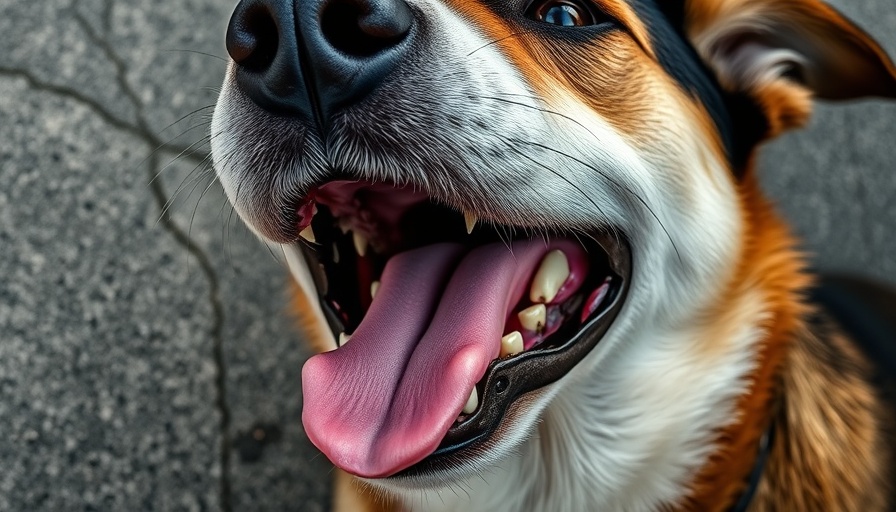
Is Grapefruit Safe for Your Pets?
As pet owners, we always look for the best food options for our furry friends. Grapefruit, a vibrant and juicy citrus fruit, may raise some eyebrows when it comes to pets. Often misrepresented, grapefruit possesses nutrients beneficial to health and can be safely offered to dogs and cats—if given correctly.
Understanding Grapefruit: A Nutritional Powerhouse
Grapefruit (Citrus × paradisi) is not just delicious but also packed with nutrients. This hybrid fruit originates from Barbados and is known for its thick rind and slightly bitter, sweet-tart flesh. Nutritionally speaking, grapefruit is rich in dietary antioxidants, particularly naringin and naringenin, which are known for their potential anticancer effects and protective actions against conditions such as diabetes and cardiovascular disorders. Studies suggest that including grapefruit in a balanced diet may enhance overall wellness, attributed to its high vitamin C and lycopene content.
The Benefits of Grapefruit for Pets
While grapefruit is not every pet's favorite, it can serve as a refreshing treat. Dogs and cats can safely enjoy the fleshy part of the fruit—without seeds or peel—developing a taste for it over time. Grapefruit can provide hydration, and its low-calorie count makes it an excellent, guilt-free snack for pets. Recognizing what pets can safely consume fosters a more secure and informed pet care experience.
Clearing Up Myths About Grapefruit Toxicity
Pet owners may read conflicting information about grapefruit being toxic to their animals. It’s essential to clarify that while the peel and essential oils found in grapefruit can cause gastrointestinal issues if ingested, the flesh itself is non-toxic. Reports indicate that this misconception primarily stems from misinformation. This lack of clarity has left many pet parents on edge about sharing such a nutritious fruit with their pets.
Best Practices for Introducing Grapefruit to Pets
Before introducing grapefruit into your pet's diet, consider their dietary habits. Start with a small piece of flesh and observe how the animal reacts. If they show signs of enjoyment without discomfort, it’s safe to incorporate it occasionally as a treat. Remember, the fruit should make up less than 10% of their overall intake to maintain a balanced diet.
Rest Assured: Choosing Quality Grapefruit
When selecting grapefruit, opt for fruits with a rich hue and avoid those with green patches. These indicators can lead you to sweeter fruits, enhancing your pet’s experience. Remember, while it may take some time for your dog or cat to become accustomed to the new taste, the health benefits may be worth the wait.
Final Thoughts: Bright Fruits for Brighter Minds
Adding grapefruit sparingly into your pet’s diet not only diversifies their menu but also imbues their meals with essential nutrients. As data reinforces the health benefits of this fruit, the hesitation around its usage diminishes. Support your pet's wellbeing by exploring safer fruit options and fostering a healthier lifestyle through diverse diet inclusion.
 Add Row
Add Row  Add
Add 




Write A Comment